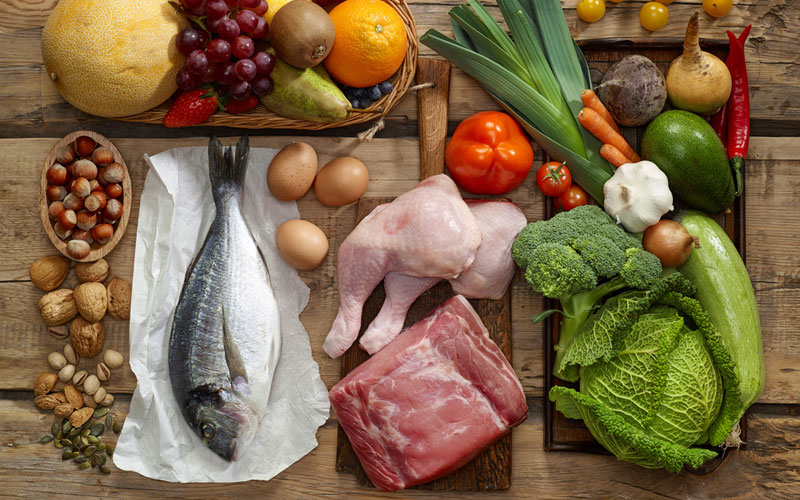
One important nutrition strategy is choosing nutrient dense foods for your diet. What exactly does that mean? It means that you are choosing foods higher in nutrients per calorie you consume. For example, you can have 1 cup of broccoli which provides 31 calories, 2 grams of dietary fiber, and a significant level of vitamins A, C, K, folate, potassium, and manganese. Or, for about the same amount of calories (about 32 calories), you can have 1/8 of a cake doughnut which provides little significant nutrition. The broccoli is clearly the more nutrient dense food option.
Now, don’t hear me saying that you can never choose a cake doughnut. There is a value to taste, enjoyment, and the experience of food….I will always associate doughnuts with attending yard sales as a family during my childhood! But, your diet should be based on more nutrient dense foods and a healthy diet has an abundance of them.
Additionally, this is especially an important consideration when you are consuming a lower calorie number. Each time you eat is an opportunity to get certain nutrients in. When you eat less calories, you simply have less opportunities for consuming the nutrients you need, making it more important to make each meal/snack count.
With this in mind, here are some recommendations for getting the most bang for your buck:
Choose whole grains
In addition to the higher fiber content than refined grains, whole grains are higher in antioxidant value. Studies link whole grains to reductions in stroke, type II diabetes, and heart disease risk, and overall better weight maintenance. Examples include whole wheat bread, brown rice, whole grain oats, and even popcorn.
Try sprouted grains, as well
The changes in sprouted grains include increases in vitamin C, folate, antioxidants and soluble fiber (the type of fiber that promotes decreases in your cholesterol levels).
Incorporate fruits and vegetables into your meals and snacks whenever you can.
Diets high in fruits and vegetables are associated with decreased chronic disease risk, even the starchy (or high carbohydrate) ones. Beans are rich in soluble fiber. Potatoes contain B vitamins, vitamin C, iron, calcium and fiber. Greens are especially high in folate. The list goes on and on. So find ways to add them to each meal: fresh fruit in your morning cereal, avocado to your sandwich, or onions and peppers to your pasta.
Be intentional about adding healthy fats.
Yes, add fat! Fats have many different roles including absorption of your fat soluble vitamins (A, D, E, and K) and essential fatty acids (like omega 6 and omega 3) need to be eaten as the body cannot make enough on its own. Add nuts to your salads, use trail mix as a healthy snack, cook your vegetables in oil, make your own salad dressing or consume fatty fish a couple of times a week.
Add dairy to promote intake of calcium, potassium, vitamin A, D and protein.
Mix yogurt, herbs and spices to create a dip for vegetables, add milk instead of creamer to your morning coffee or munch on a stick of cheese for a snack. Dairy products are included in the DASH diet to support good blood pressure management and help to promote bone health, as well.
To ensure you are getting the most bang for your buck, rethink how you prepare your meals and snacks – see if they are ways you can alter what you usually consume to make the most of your eating opportunities. By choosing nutrient dense foods, you are supporting a healthy mind, body and spirit. Always remember to do so in an enjoyable and palate-pleasing way! If you don’t like it, you probably won’t keep doing it.